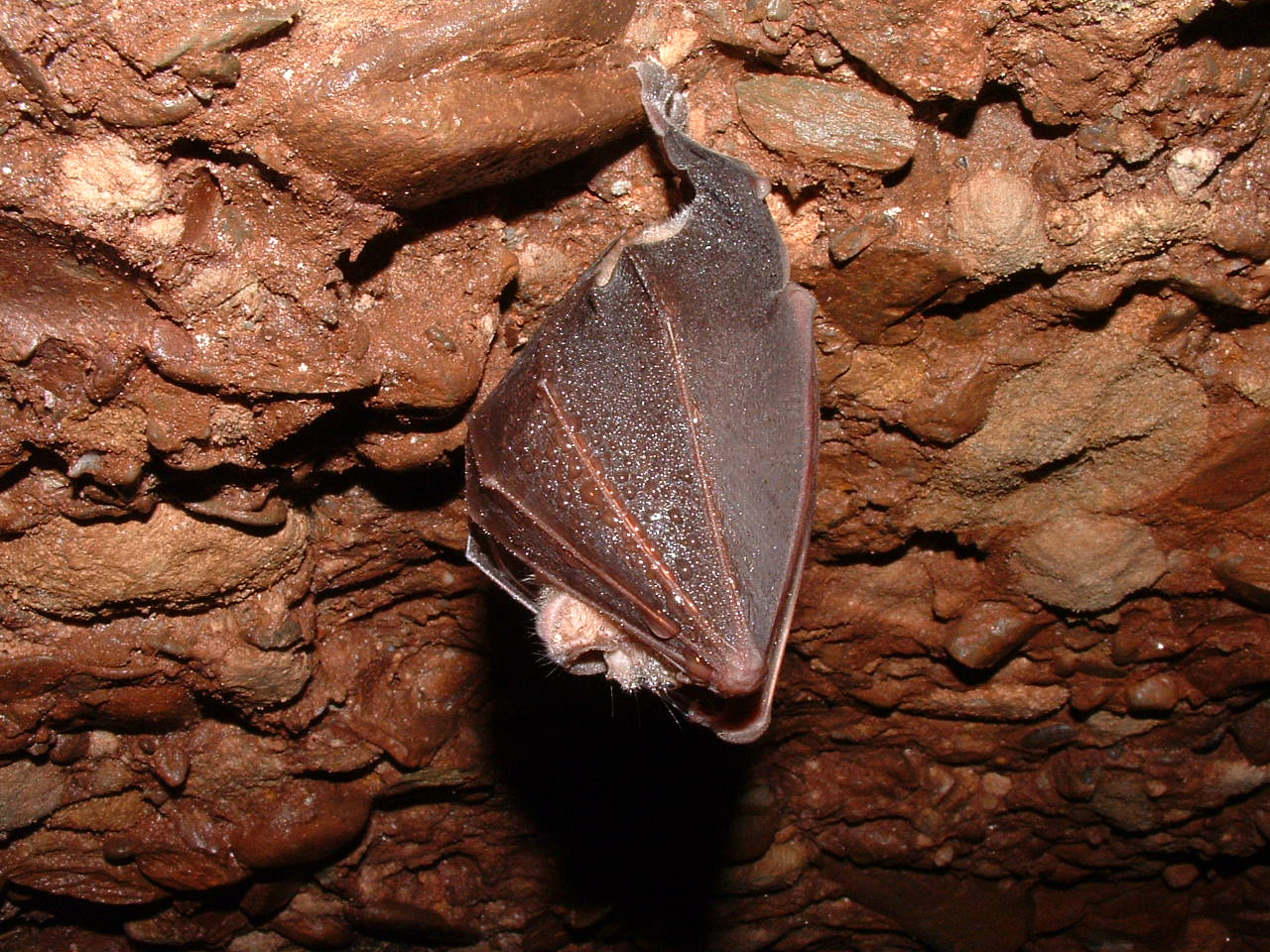09-01-2020
60th anniversary of the start of monitoring the colony of the cave bat of Sant Llorenç del Munt by researchers from UB-IRBIO
The population monitoring of the species is essential to observe demographic trends, determine their conservation status and detect possible alterations in time. This is especially important if the follow-up is very long and it provides us with information on the effects of climate change. The Park of Sant Llorenç del Munt i l'Obac is home to the largest known colony of bats in Catalonia. During the winter they shelter around 17,000 cave bats (Miniopterus schreibersii) which, by the end of winter and early spring, are distributed throughout much of Catalonia, forming first spring colonies and after breeding.
Last year was the sixty-first anniversary of the start (1959-2019) of the monitoring of the colony of Sant Llorenç by researchers at the University of Barcelona. It is an exceptionally long follow-up and we have no record of such long follow-up of bat colonies. The studies were started by Enric Balcells in 1959 and were continued in 1984 by the team of Jordi Serra-Cobo (member of the IRBIO). Sixty years of monitoring have provided valuable insights into the biology, migrations and health status of cave bats, but have also provided insights into the impact of climate change on chiropractor hibernation. In this sense, for over 22 years, Marc López-Roig has carefully monitored the effects that the temperature rise has on the physiology and etology of the colony of Sant Llorenç. will be announced soon in a scientific article.
Photo: Marc López
Last year was the sixty-first anniversary of the start (1959-2019) of the monitoring of the colony of Sant Llorenç by researchers at the University of Barcelona. It is an exceptionally long follow-up and we have no record of such long follow-up of bat colonies. The studies were started by Enric Balcells in 1959 and were continued in 1984 by the team of Jordi Serra-Cobo (member of the IRBIO). Sixty years of monitoring have provided valuable insights into the biology, migrations and health status of cave bats, but have also provided insights into the impact of climate change on chiropractor hibernation. In this sense, for over 22 years, Marc López-Roig has carefully monitored the effects that the temperature rise has on the physiology and etology of the colony of Sant Llorenç. will be announced soon in a scientific article.
Photo: Marc López
